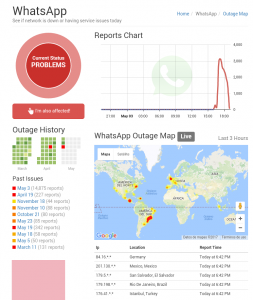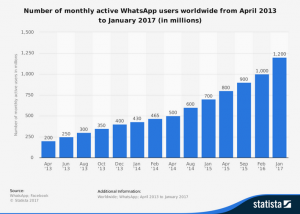Related Blogs
Posted by reluser | 02 December 2024
Understanding Blue Yonder Blue Yonder is a global leader in supply chain management software, offering advanced solutions designed to streamline logistics, inventory, and workforce operations. Leveraging artificial intelligence and machine…
34 LikesComments Off on Ransomware Attack on Blue Yonder: Impacts on Starbucks and Beyond
Posted by reluser | 24 October 2024
Digital infrastructures form the backbone of national operations, so the need for robust disaster recovery (DR) systems has never been more critical. Recent events in Indonesia underscore the vulnerability of…
64 LikesComments Off on The Crucial Need for Governments to Implement Disaster Recovery Systems
Posted by reluser | 10 October 2024
The oil and gas industry, crucial to the global economy, faces significant cybersecurity challenges as it embraces digital transformation. Advanced technologies optimize operations and increase productivity, but they also expose…
67 LikesComments Off on Cybersecurity in the Oil and Gas Industry: Building a Resilient Future








